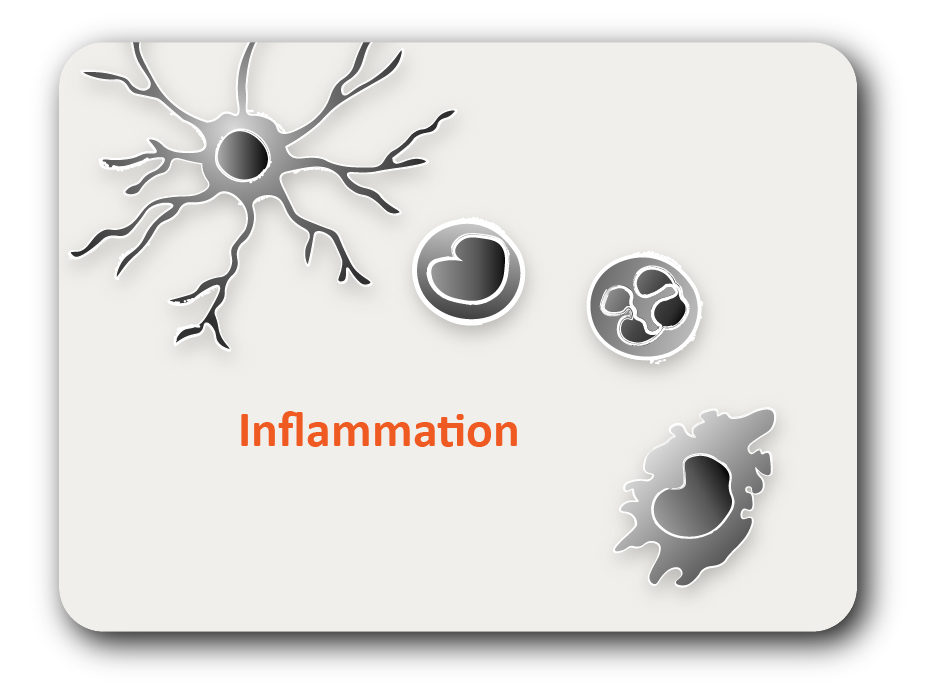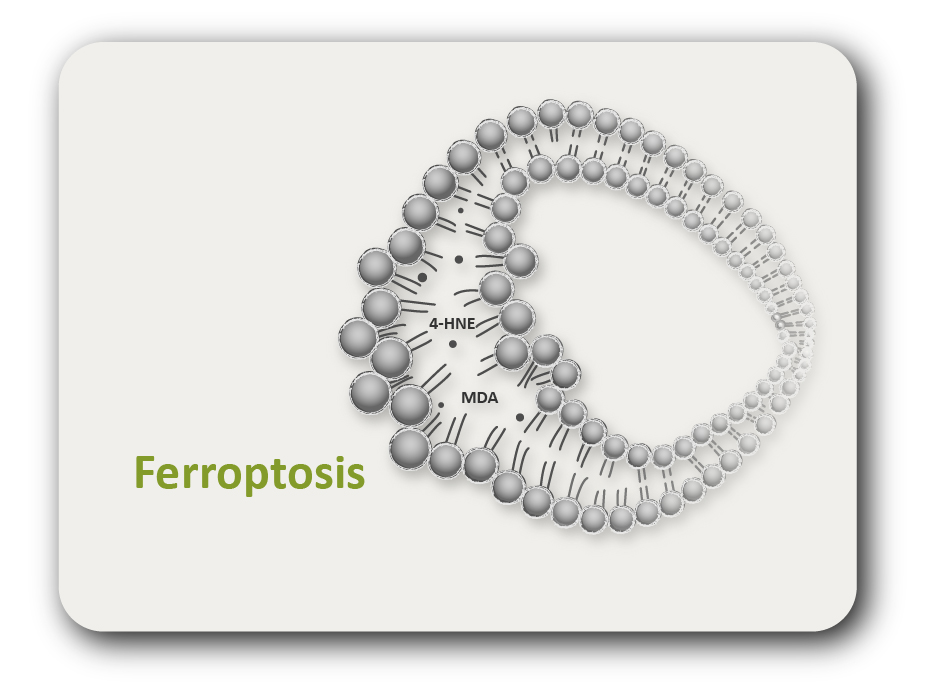ARG65482
anti-TNF alpha antibody [MAb11]
anti-TNF alpha antibody [MAb11] for CyTOF®-candidate,ELISA,Flow cytometry,ICC/IF,IHC-Frozen sections,Neutralizing and Human,Primates,Pig
Cancer antibody; Cell Biology and Cellular Response antibody; Immune System antibody; Metabolism antibody; Signaling Transduction antibody
概述
| 产品描述 | Mouse Monoclonal antibody [MAb11] recognizes TNF alpha |
|---|---|
| 反应物种 | Hu, NHuPrm, Pig |
| 应用 | CyTOF®-candidate, ELISA, FACS, ICC/IF, IHC-Fr, Neut |
| 特异性 | The clone MAb11 recognizes human 17-26 kDa cytokine TNF alpha (tumor necrosis factor alpha). |
| 宿主 | Mouse |
| 克隆 | Monoclonal |
| 克隆号 | MAb11 |
| 同位型 | IgG1 |
| 靶点名称 | TNF alpha |
| 抗原物种 | Human |
| 抗原 | Recombinant human TNF alpha. |
| 偶联标记 | Un-conjugated |
| 別名 | Tumor necrosis factor ligand superfamily member 2; DIF; Cachectin; ICD2; ICD1; N-terminal fragment; TNF-a; TNFA; TNFSF2; TNF-alpha; Tumor necrosis factor; NTF |
应用说明
| 应用建议 |
|
||||||||||||||
|---|---|---|---|---|---|---|---|---|---|---|---|---|---|---|---|
| 应用说明 | FACS: For intracellular staining. IHC-Fr: Paraformaldehyde-fixed, saponin-treated frozen tissue sections. Sandwich ELISA (Capture antibody - Detection antibody): ARG65481 - ARG65482 (in Biotinylated form) Functional application: Neutralization. * The dilutions indicate recommended starting dilutions and the optimal dilutions or concentrations should be determined by the scientist. |
属性
| 形式 | Liquid |
|---|---|
| 纯化 | Purified from hybridoma culture supernatant by protein-A affinity chromatography. |
| 纯度 | > 95% (by SDS-PAGE) |
| 缓冲液 | PBS (pH 7.4) and 15 mM Sodium azide |
| 抗菌剂 | 15 mM Sodium azide |
| 浓度 | 1 mg/ml |
| 存放说明 | For continuous use, store undiluted antibody at 2-8°C for up to a week. For long-term storage, aliquot and store at -20°C or below. Storage in frost free freezers is not recommended. Avoid repeated freeze/thaw cycles. Suggest spin the vial prior to opening. The antibody solution should be gently mixed before use. |
| 注意事项 | For laboratory research only, not for drug, diagnostic or other use. |
生物信息
| 数据库连接 | |
|---|---|
| 基因名称 | TNF |
| 全名 | tumor necrosis factor |
| 背景介绍 | TNF-alpha is a cytokine produced by monocytes, macrophages, neutrophils, NK cells, CD4+ T cells and many transformed cells. It can be expressed as a 17 kDa free molecule, or as a 26 kDa membrane protein. TNF-alpha easily forms stable trimers, but also other multimeric complexes. In the immune system, it is an important regulator, which has cytolytic and cytostatic activity against a range of tumor cells, increases fibroblast proliferation and supports neutrophil chemotaxis and phagocytosis. |
| 生物功能 | Cytokine that binds to TNFRSF1A/TNFR1 and TNFRSF1B/TNFBR. It is mainly secreted by macrophages and can induce cell death of certain tumor cell lines. It is potent pyrogen causing fever by direct action or by stimulation of interleukin-1 secretion and is implicated in the induction of cachexia, Under certain conditions it can stimulate cell proliferation and induce cell differentiation. Impairs regulatory T-cells (Treg) function in individuals with rheumatoid arthritis via FOXP3 dephosphorylation. Upregulates the expression of protein phosphatase 1 (PP1), which dephosphorylates the key 'Ser-418' residue of FOXP3, thereby inactivating FOXP3 and rendering Treg cells functionally defective (PubMed:23396208). The TNF intracellular domain (ICD) form induces IL12 production in dendritic cells. [UniProt] |
| 产品亮点 | Related products: TNF alpha antibodies; TNF alpha ELISA Kits; TNF alpha Duos / Panels; TNF alpha recombinant proteins; Anti-Mouse IgG secondary antibodies; Related news: HMGB1 in inflammation Inflammatory Cytokines CyTOF-candidate Antibodies |
| 研究领域 | Cancer antibody; Cell Biology and Cellular Response antibody; Immune System antibody; Metabolism antibody; Signaling Transduction antibody |
| 预测分子量 | 26 kDa |
| 翻译后修饰 | The soluble form derives from the membrane form by proteolytic processing. The membrane-bound form is further proteolytically processed by SPPL2A or SPPL2B through regulated intramembrane proteolysis producing TNF intracellular domains (ICD1 and ICD2) released in the cytosol and TNF C-domain 1 and C-domain 2 secreted into the extracellular space. The membrane form, but not the soluble form, is phosphorylated on serine residues. Dephosphorylation of the membrane form occurs by binding to soluble TNFRSF1A/TNFR1. O-glycosylated; glycans contain galactose, N-acetylgalactosamine and N-acetylneuraminic acid. |





